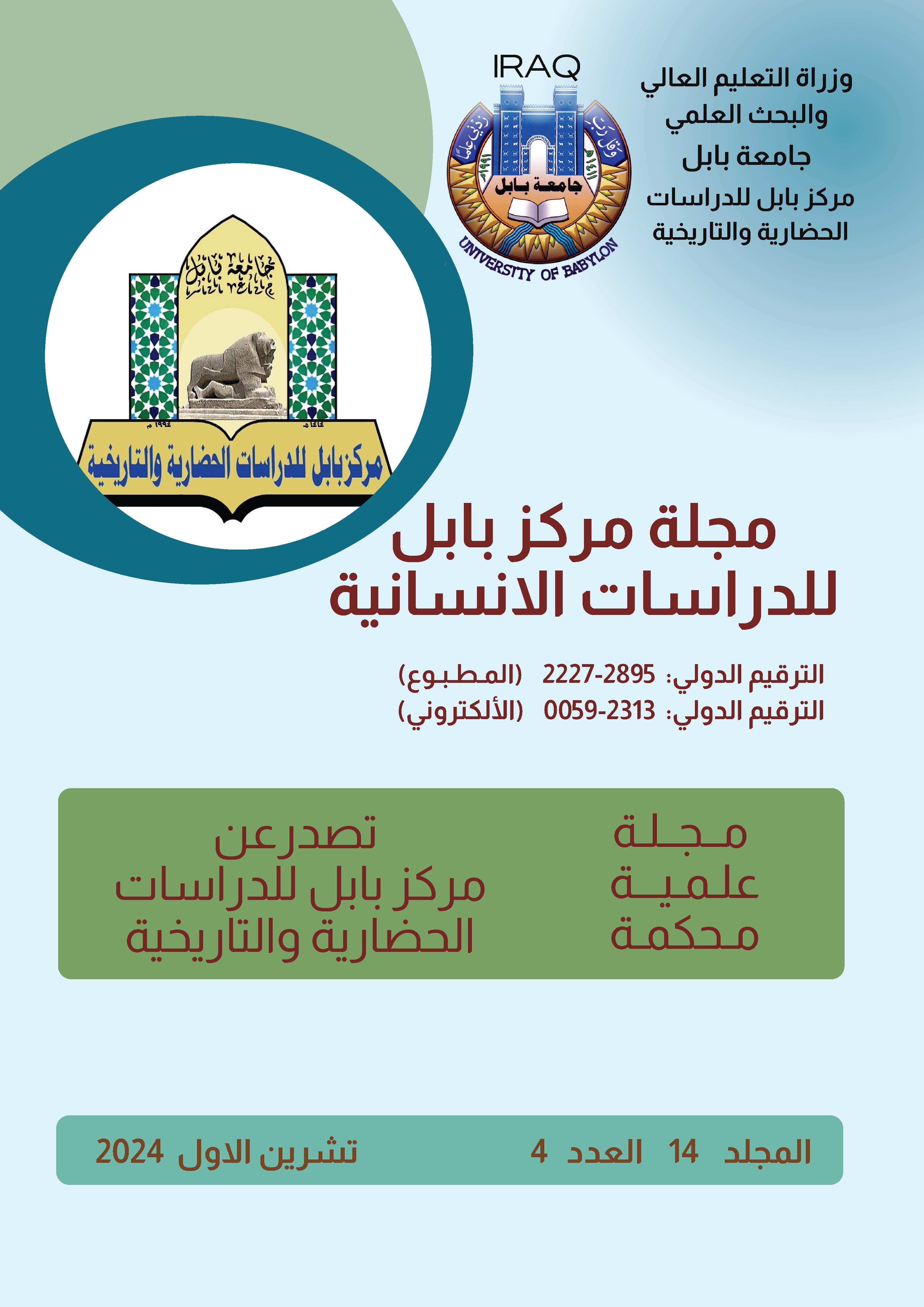The case in Kamar al-Bedour's book is to explain enough evidence to Dastari Mustafa Avendizadeh. Study and investigation:(C after 1179H)
Keywords:
sufficient evidences, Dastari، Avendi zadeh، in Kamar al-Bedour's، Al mansoobs.Abstract
This research investigates the poetic evidence (shāhid) cited by Ibn al-Hajib regarding the grammatical case of hāl (circumstantial qualifier), specifically the usage of the definite form. The commentator Dastarī, in his explication of Ibn al-Hajib's "Shawāhid Kāfiyah," elucidates this evidence in a didactic manner, presenting the views of grammarians and detailing their disputes. Additionally, he explicates the lexical meanings, touches upon morphological and phonological issues, and provides a biographical account of the poet cited.
Dastarī was an obscure Ottoman scholar, with this work being the only known book attributed to him mentioned in biographical sources. He lived in the 12th century AH (18th century CE).
The research delves into the scholarly discourse surrounding this specific grammatical evidence, shedding light on Dastarī's instructive approach and his contribution to preserving this aspect of the Arabic linguistic heritage.
The scholarly knowledge of the commentator and his linguistic and literary culture, as his book was comprehensive of all issues, whether grammatical, morphological, phonetic, semantic, literary, etc. Covering the poetic evidence from all linguistic aspects. Paying attention to the parsing of the poetic evidence and the poems that he explains to the poet (the owner of the evidence). The author’s interest in translating the poet who is the owner of the evidence and discussing all of his biography. What is noticeable in his method of presenting the scientific material is that he followed the method of Abdul Qadir Al-Baghdadi in his two books (Khazanat Al-Adab and Sharh Abyat Al-Mughni), as Al-Baghdadi explained the evidence from all linguistic aspects, clarifying the opinions and disagreements in the position of the evidence, after which he provides a comprehensive translation of the poet who is the owner of the evidence.







